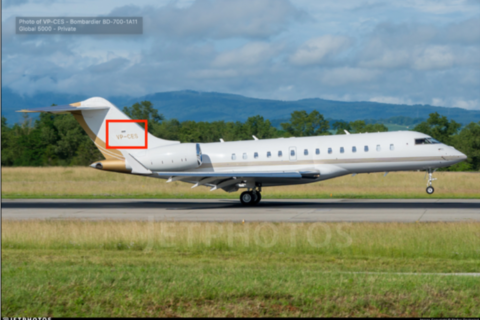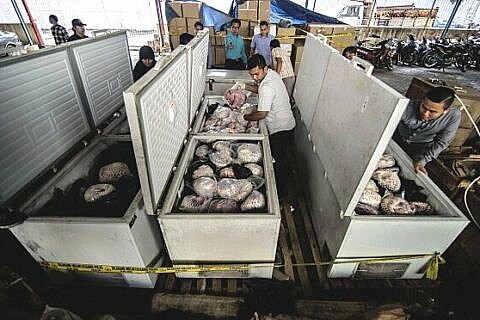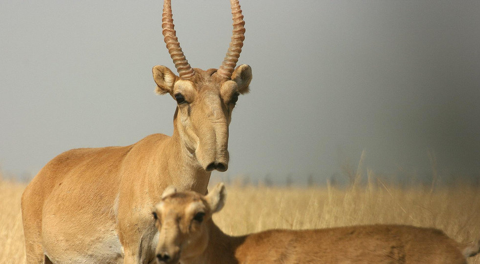Animal Smuggling in Air Transport and Preventing Zoonotic Spillover
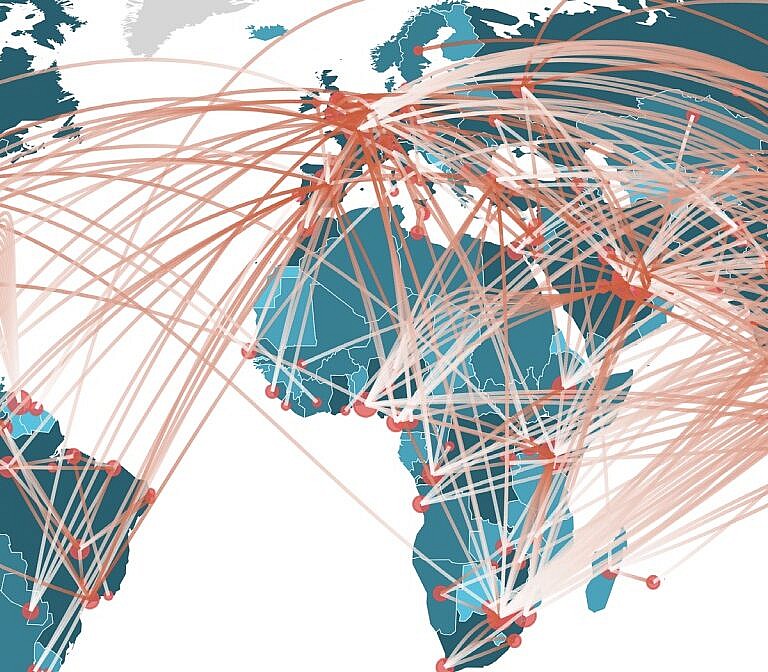
The C4ADS Wildlife Seizure Database shows that known instances of animal smuggling with a high risk of zoonotic disease occur in over a hundred countries across every continent, except Antarctica. Our latest report with the ROUTES partnership explores how animal smuggling along air routes can increase the risk of pandemics through zoonotic spillover.
Executive Summary #
Pathogens that transfer from animals to humans can precipitate outbreaks of infectious disease, including pandemics. Human activities that can facilitate this transfer include logging, mining, and direct contact with infected animals or animal products. While the aviation industry has programs—in support of legislation and enforcement initiatives—to mitigate the spread of zoonotic disease through legal transport of animals or animal products, the illicit transport of these goods also poses a public health risk. Illicit shipments (via cargo and passengers) circumvent regulations and practices, introducing animals to new habitats and species. Smuggled animals and illicit animal products can be stored in cramped conditions before, during, and after transport, increasing the possibility of exposure to pathogens and suppressing the immune response. These illicit supply chains constitute a potential vector through which a zoonotic disease could mutate to infect humans and precipitate a public health crisis.
Our latest report with the ROUTES partnership explores how animal smuggling along air routes can increase the risk of pandemics through zoonotic spillover.

The C4ADS Air Seizure Database shows that known instances of animal smuggling with a high risk of zoonotic disease occur in over a hundred countries across every continent, except Antarctica. These instances—while likely a fraction of the total illicit trade—include illicit carriage of domesticated and wild animals (the latter of which constitutes a more significant risk for emerging infectious diseases). Evidence from anecdotal testing has identified disease-causing pathogens in multiple wildlife seizures.
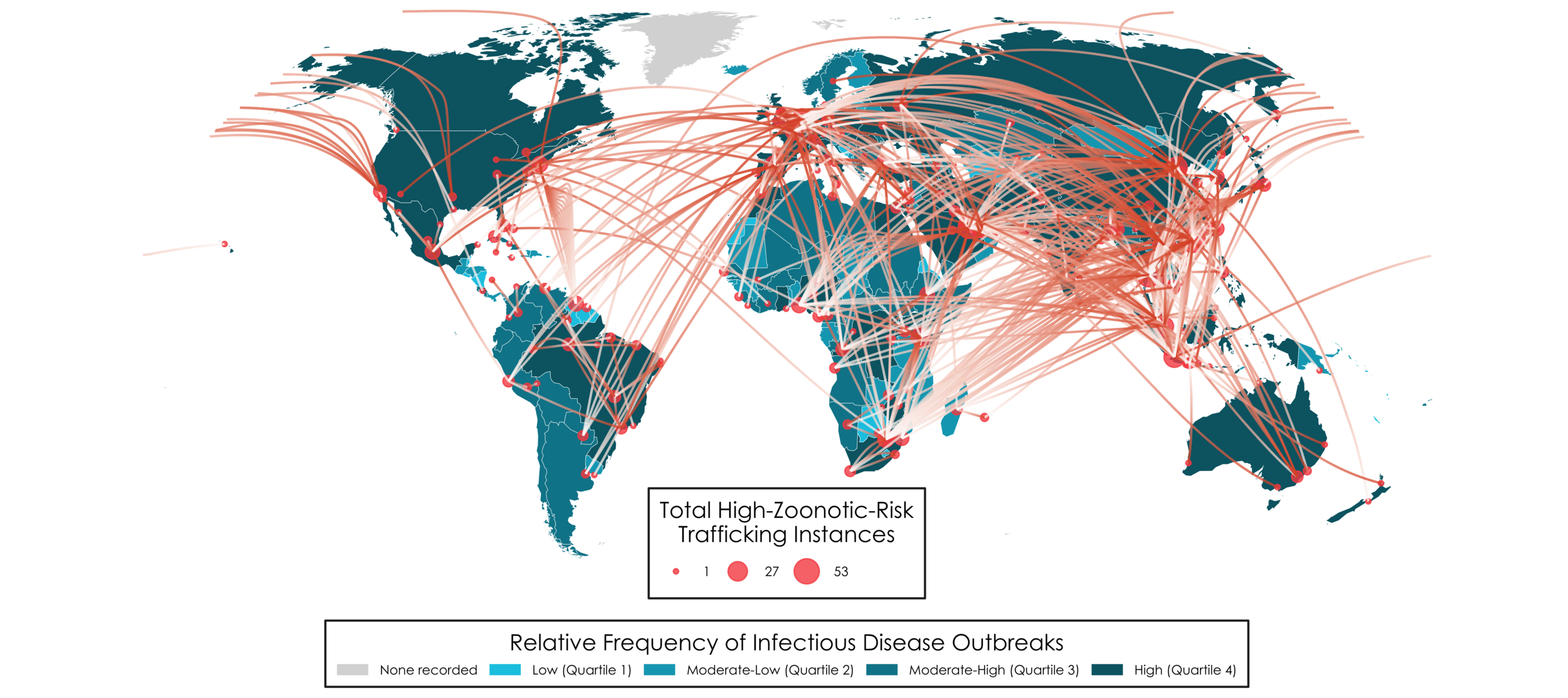
The aviation industry can support enforcement authorities, as well as public- and animal-health stakeholders, in preventing the outbreak of future pandemics with data-driven policies and protocols. Regulation, policies, and practices in the aviation sector aimed at legal flows of humans and goods should be supplemented with counter-animal smuggling initiatives, an extension of the good work already being undertaken by the aviation industry to reduce illicit wildlife trafficking. To help reduce risk, industry stakeholders can engage in cross-sector collaboration with traditional counter- wildlife trafficking stakeholders as well as public- and animal-health researchers to implement comprehensive measures, informed by data on zoonoses and illicit animal trafficking.
This brief offers the following recommendations to airlines, airports, and enforcement authorities for consideration, based on capacity and role:
For All Stakeholders #
Incorporate zoonotic spillover considerations into counter-animal smuggling protocols and practices (e.g. quarantine and zoonotic disease testing for both traffickers and contraband). Supplement with counter-trafficking initiatives.
Coordinate activities related to countering wildlife trafficking with animal health authorities to minimize the risk of animal disease.
For Airlines & Airports #
Increase proactive passenger awareness measures on the public health risks of animal smuggling. Focus awareness raising activities on high risk species and routes in cooperation with animal and human health agencies.
Inform aviation policies and practices on counter-smuggling and zoonotic spillover mitigation initiatives with data on trends in smuggling of animals and animal products, including bushmeat for personal consumption.
For Enforcement Authorities #
Increase public reporting on seizures, including seizure location, flight route, transport method, and a description of the seized products.
Increase collaboration with biologists, quarantine agencies, and aviation industry stakeholders to surveil seized animals and products for disease, which will provide a better understanding of drivers and methods of high-zoonotic-risk animal smuggling.
Increase incentives among law enforcement for interdiction of illicit shipments (via cargo and passengers) of animals or animal products prior to carriage.
Monitor the development of automated detection and other emerging technologies to build capacity to identify illicit animals or animal products in airport screening systems.
